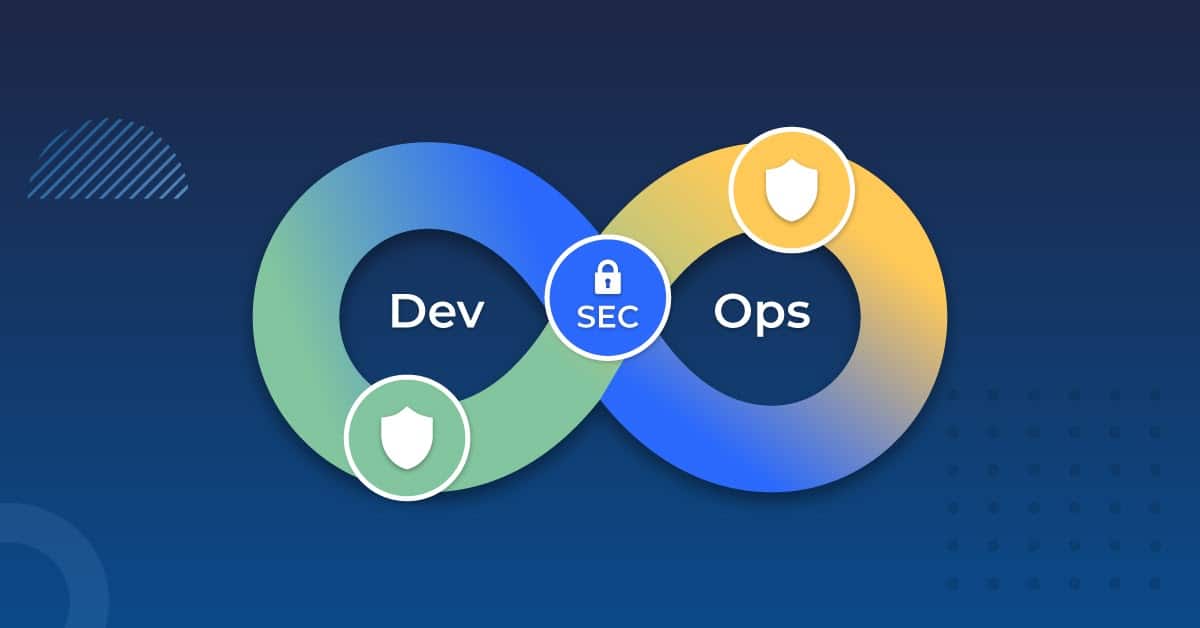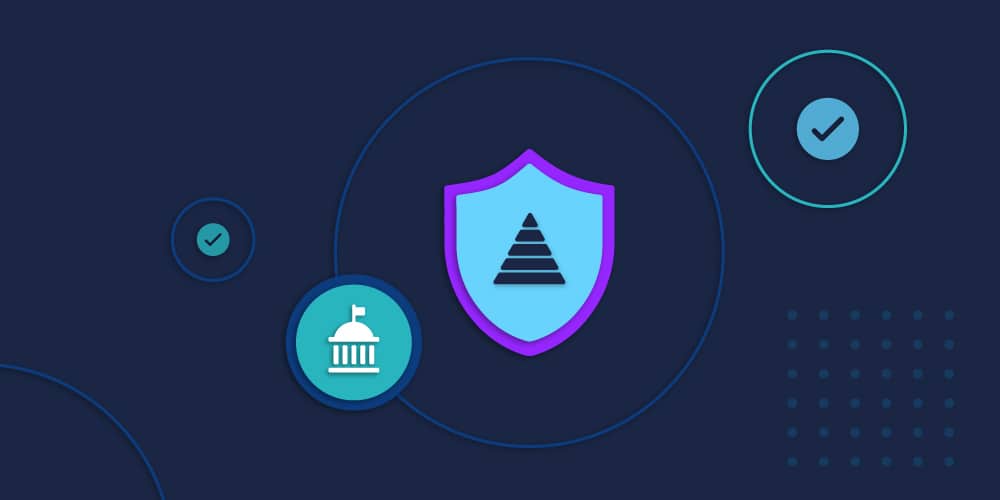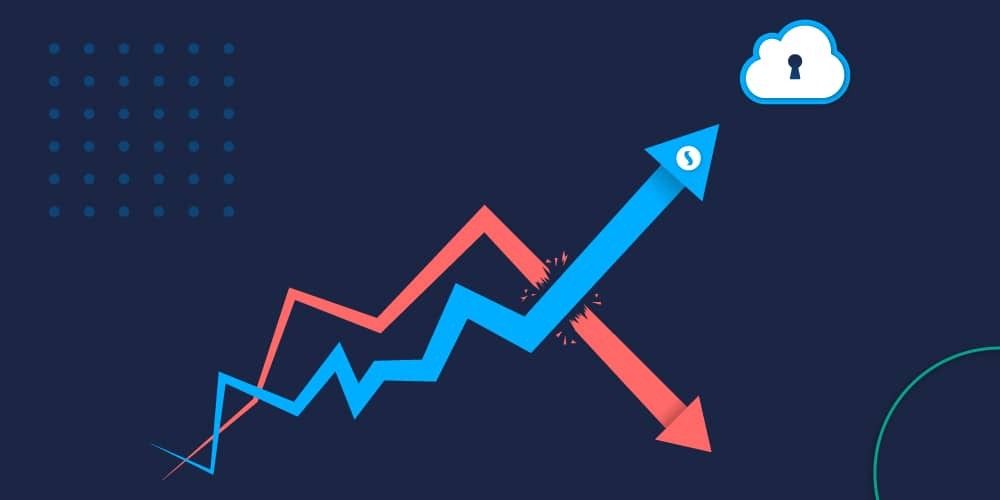Time Limiting Keys
Properly managed service accounts (or any account for that matter) make it harder for bad actors to get a useful key. Time-limited credentials eliminate hard-coded credentials, even during testing. Should a bad actor acquire the credentials, they only last for a set time before expiring — forcing the use of a new key.
A crucial part of this process is credential check-ins and check-outs. Comprehensive secrets management software will rotate keys or passwords associated with identities ensuring that they cycle out after a set period. This process forces a re-authentication to check out privileged credentials, which creates an audit trail of who had what privileged access and when. Checking-out assures an end-to-end access trail gets created for future audits.
More Than Access
Staying ahead of threats in the cloud takes more than mere secrets rotation. Part of protecting service accounts involves checking out access, an essential aspect of Zero Trust. By default, resources should block all privileged access, called Zero Standing Privilege (ZSP). When privileged access is required, the identity can request it. A compromised account is completely worthless with Zero Standing Privilege — even if acquired while the credentials are still active.
Achieving ZSP requires a full-featured cloud PAM solution that oversees access across an organization’s entire IT ecosystem. It contains a listing of all available access, where it has been granted, and then uses artificial intelligence to make risk-based decisions on granting further access. So when any identity requests access, the software reviews the potential access risk and impact based on contextual identity information, such as roles, positions, and groups to make access decisions. If the risk is within tolerable limits, access is granted for a set period and then auto-decommissioned. If the risk level is too high, it escalates to a human for review. All of this leads to an auditable trail that accounts for all access granted and significantly limits an attack’s scope, if it were to happen.
Rethinking Service
With a cloud-native PAM solution, managing complex service accounts and access in the cloud no longer has to be a challenge. Automation helps to drive time-limited access and permissions for human and machine-based identities. Time-limited access and Zero Standing Privilege ensure that the right amount of access is granted only for the appropriate time period. All of this helps reduce overall risk exposure and the potential damage that can occur from a breach.
To learn more about how Saviynt’s Cloud PAM solution can help secure your vulnerable service accounts, read Cloud PAM for Robust Cloud Security








